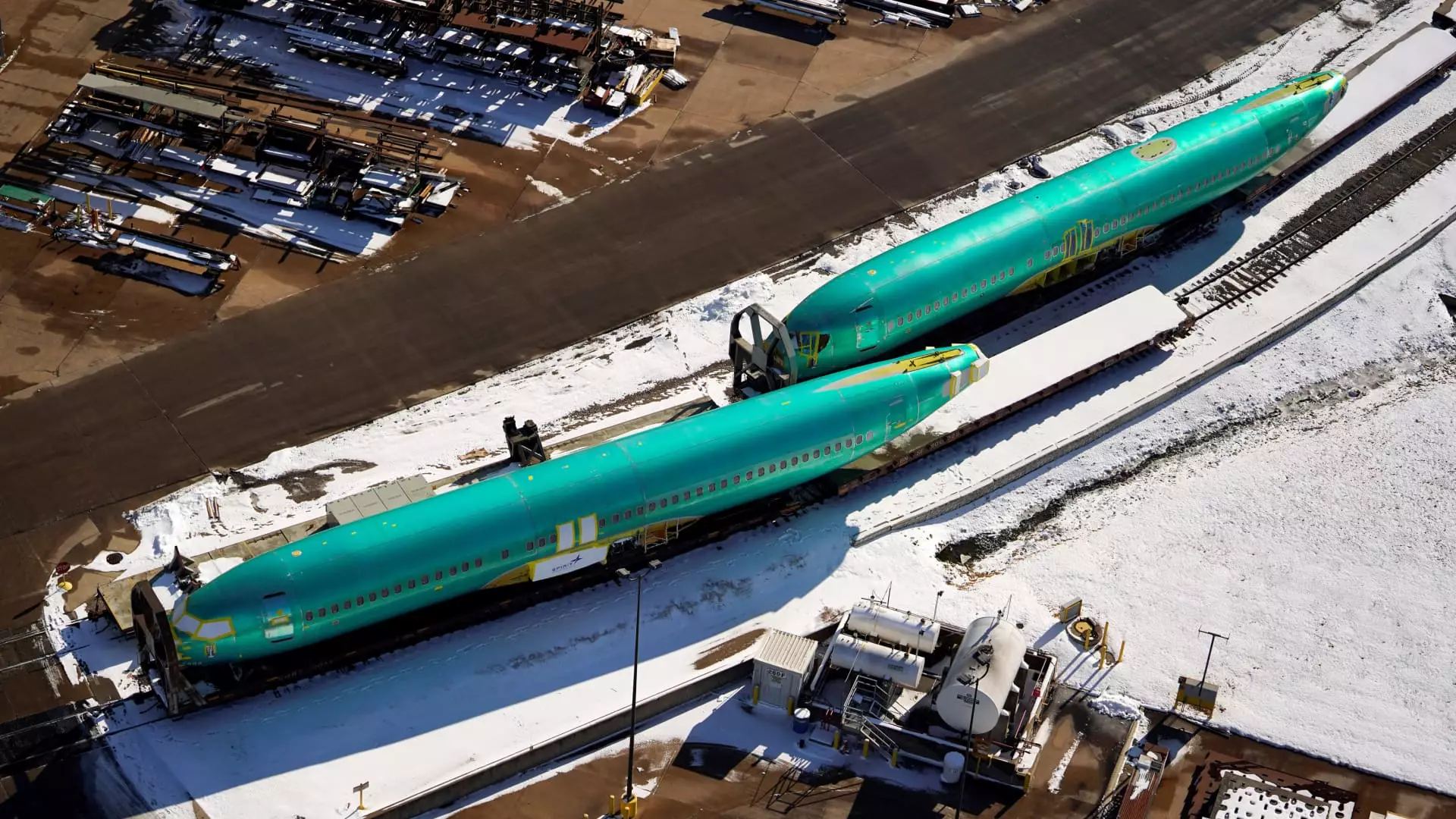The aviation industry is reeling from a significant labor strike that has entered its sixth week, resulting in widespread labor disruptions. The effect of this standoff is particularly pronounced at Spirit AeroSystems, a key supplier for Boeing, which has announced the furlough of approximately 700 employees. This decision is emblematic of the broader challenges faced by both Boeing and its suppliers as they navigate an increasingly strained economic environment. The strike, which began on September 13, was sparked by a strong rejection of a proposed labor agreement among more than 32,000 Boeing machinists, leaving the company in a precarious position.
The financial ramifications of the labor strike are significant not only for Boeing but also for its suppliers like Spirit AeroSystems. The furloughs announced by Spirit represent about 5% of its U.S. workforce and primarily affect employees in its largest facilities located in Wichita, Kansas. These disruptions are symptomatic of a deepening financial crisis for Boeing, which is already facing substantial losses. New CEO Kelly Ortberg, who has been in his position for just over two months, must address investor concerns while navigating the rising costs associated with these labor disruptions.
The company has already indicated that if the strike persists beyond November, it will not hesitate to implement further layoffs in addition to furloughs. As Spirit’s spokesman, Joe Buccino, pointed out, the impact of the strike extends across critical production lines, particularly the 777 and 767 programs which have built up a significant inventory but remain idle due to the labor dispute.
In light of ongoing financial losses, Boeing is making strategic adjustments to its operations. Ortberg recently disclosed plans to trim the workforce by up to 10%, equating to approximately 17,000 jobs, a drastic move aimed at lowering operational costs. Furthermore, Boeing is set to end the production of the 767 commercial aircraft once current orders are fulfilled by 2027, and the much-awaited 777X aircraft has faced further delays, with its debut now pushed back to 2026.
In an effort to bolster its financial health, Boeing is actively seeking to raise debt and equity, highlighting the urgent need for increased liquidity amid this crisis. The implications of these measures suggest a profound shake-up in the company’s operational framework, potentially setting the stage for a more cautious approach moving forward.
As Boeing awaits the resolution of the labor strike, the situation presents an ongoing challenge for not only employees but also the broader industry. The agreement reached over Spirit AeroSystems’ impending acquisition by Boeing, which is set to close by mid-2025, underlines the interconnectedness within the aviation sector and emphasizes how labor disputes can lead to cascading effects across the market.
The current state of uncertainty necessitates vigilance from all stakeholders—employees, management, and investors alike—as the ramifications of this labor dispute may shape the future trajectory of one of the world’s leading aerospace manufacturers. The interplay of labor relations, economic pressures, and strategic corporate decisions will undoubtedly be crucial in determining how Boeing and its suppliers navigate this critical juncture.

